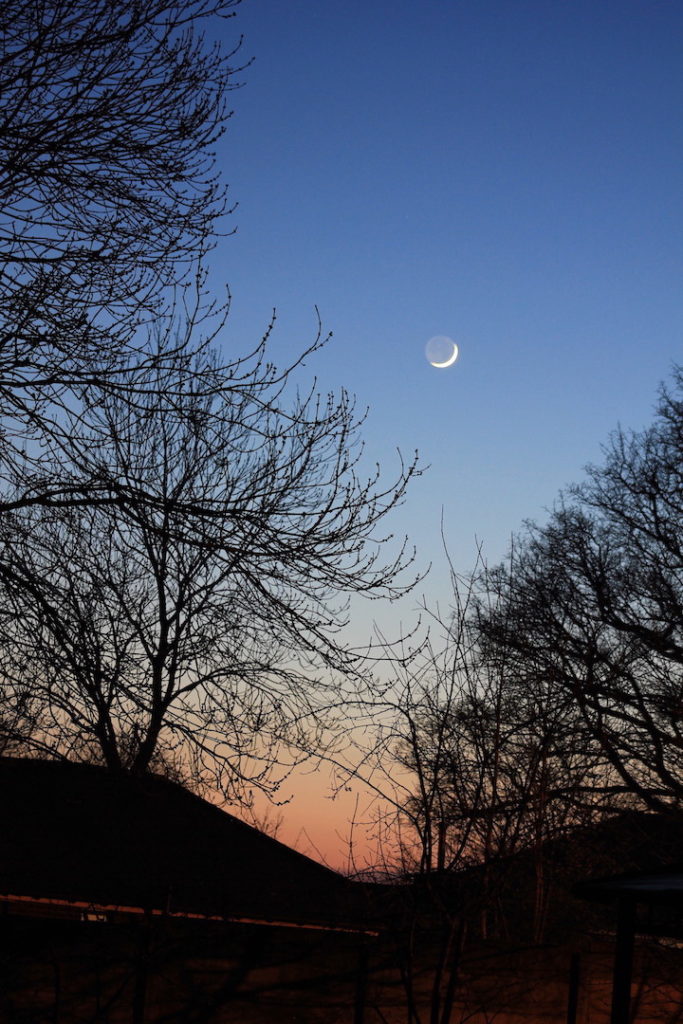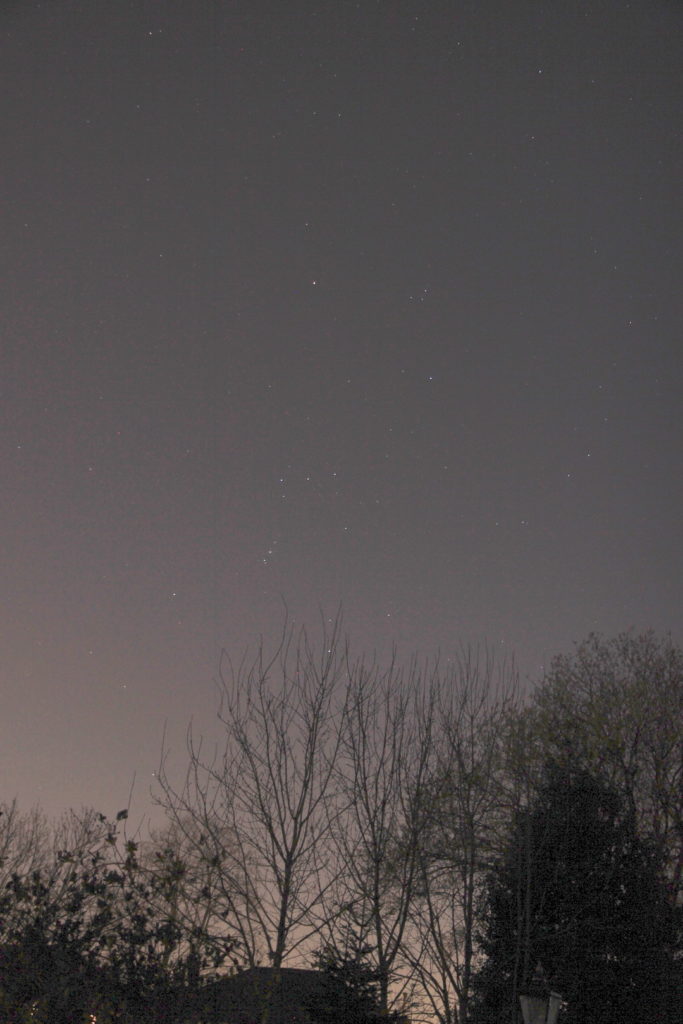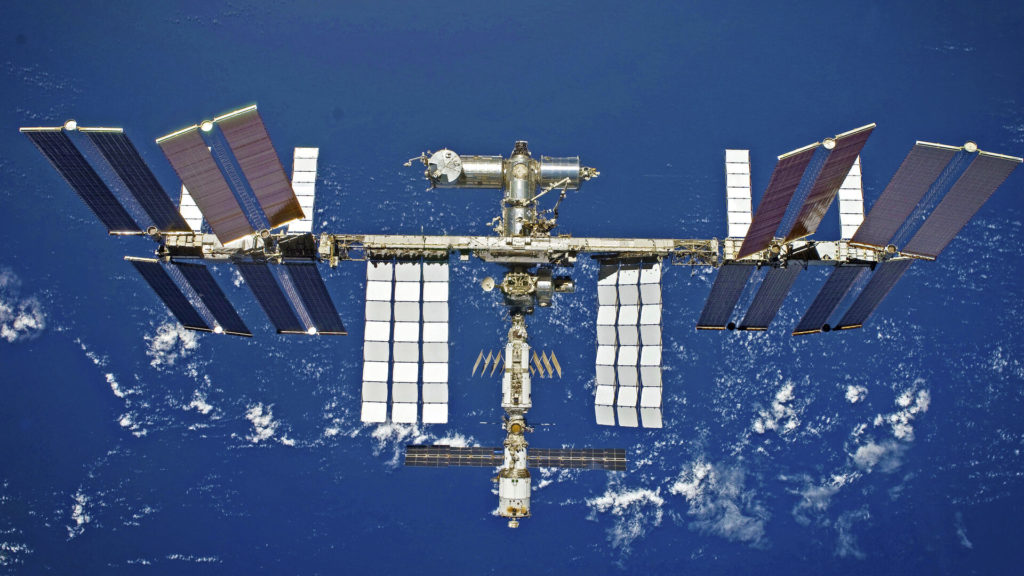ISS over Manchester

A brief silver lining during the nation-wide Covid-19 lock-down. A few days of cloud-free sunny weather coinciding with a flyby of the International Space Station over northern England.
For more ISS passes, other spacecraft and in your location see – https://www.heavens-above.com/

Earthshine 

Orion 
ISS 
ISS rising over Orion 
ISS passing throgh the zenith and in to Earth’s shadow
For the next few days for the UK it looks like this. For other spacecraft and for your area – wherever that may be in the world, check out https://www.heavens-above.com/

Online Course – The New Space Age
A new online introductory (yes – for beginners) course from the Workers’ Educational Association supported by the Royal Astronomical Society. Enrolment requirements include:
- You have been resident in the UK, EU or EEA for the last 3 years
- You are aged 19 years or older on 1st September 2019
- Starts at 19:00 on Tuesday 10th March 2020. Cost is £20 or free if eligible

Over six weekly ninety-minute sessions online, the course will look at space programmes and missions being conducted by many countries and companies right now. Starting 10th March 2020. The six sessions will cover
- From the Space Race to the New Space Age. How has human space exploration evolved since the launch of Sputnik in 1957?
- Services from space. All those satellites in space, what impact do they have on the quality of lives of people on Earth?
- The Private Space Sector. It has been emerging for many years. Has it finally arrived?
- Environmental control in space. Can the international community apply the lessons of climate change on Earth to the space environment around Earth and beyond?
- Militarisation of space. Humans on Earth have always fought on the land, sea and the air. Is war in space inevitable?
- Humans in Space. In this decade, will humans walk on the Moon again? Will this decade deliver, finally the promise of space tourism?


Consumer-level Internet from Space – LEOSAT

It was always well understood in the industry that not all of the companies currently vying for the consumer level internet from satellites constellations in LEO would make it. LEOSAT appears to have been one of the early victims as the investors backed out. An interesting piece by Viasat has the following takeaways
- The consumer-level ground infrastructure for LEO constellations is not yet available at the capacity nor the price point required. Not yet anyway
- The consumer-level infrastructure to support internet from GEO is already in place.
- The higher latency for GEO internet is not really an issue for isolated communities. They will be happy to have internet access – even if it is a bit slow.
- The cost models for Leo sat constellation provide 247 coverage for the whole of the Earth. But in reality, people live in concentrated communities. Most of the LEO sats constellation will provide services when and where there is nil or very little demand while expensive space assets will depreciate (as experienced by ISRO’s NAVIC). This is not really cost-effective.
- LEOSAT fundamental business model is sound. If it is able to find an alternative investor it could rise again.

